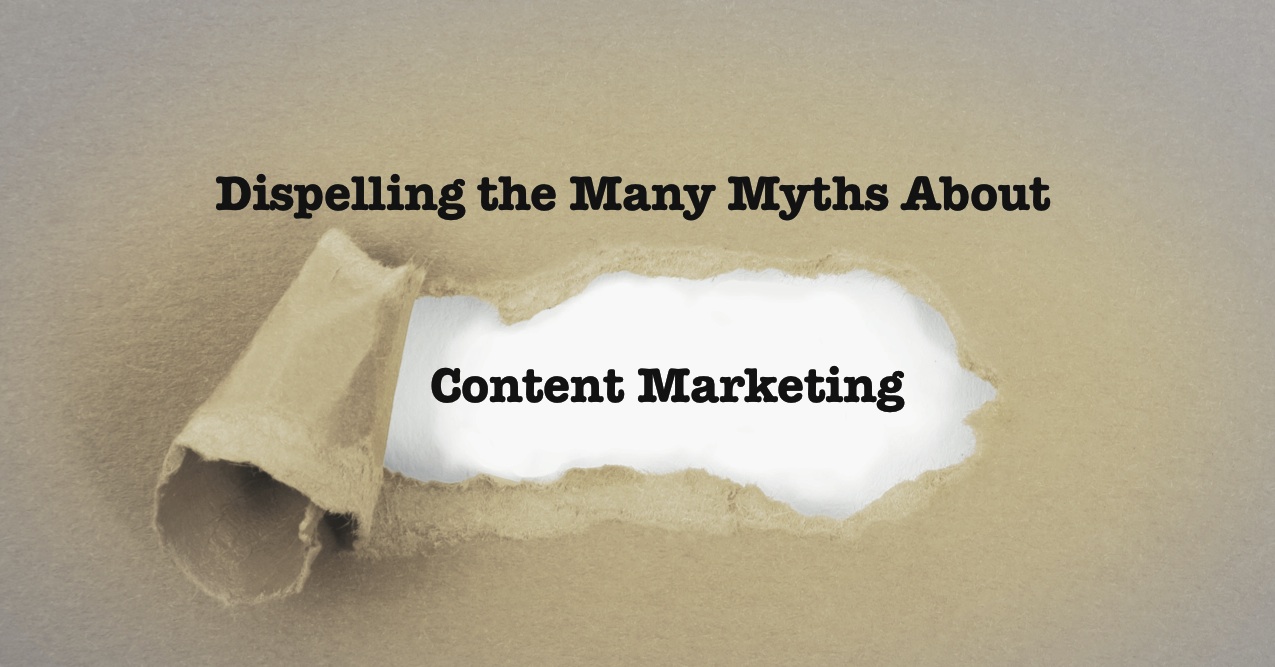This quote from Einstein drives everything I do in marketing: “If I had an hour to solve a problem, I’d spend 55 minutes understanding the issue and five minutes solving it.”
Judging by the many B2B blogs, influencer programs, social posts, and podcasts flooding my smartphone, I would say most marketers spend only five minutes identifying the problem and 55 minutes building a solution.
Enter content marketing. Twenty years ago, consumers looked to store employees to guide them through their purchase decision-making process. Advertising dollars used to get people in the front door, and sales reps would do the real heavy lifting. Fast-forward to today and you have a very different landscape, built on relationship building and a power shift from the sales floor to the consumer’s pocket. Content marketing helps bridge the gap between the two.
Content marketing is the process of creating high-quality, valuable content to attract, inform, and engage an audience, while also promoting the brand itself. Content marketing at its core is problem solving. It embraces the fact that consumers are already searching the web and connecting with their networks for reviews and recommendations. It recognizes the barriers that our buyers and patients face in conversion and leverages content at key places in their journey to educate them and move them along. Through content marketing, marketers capitalize on the opportunity to position their brand as the unique solution to buyers’ needs.
So let’s dispel some myths.
1. We don’t do much digital, so we don’t need a content marketing strategy.
Before websites, there were brochures filled with…you guessed it, content. In fact, the concept of content marketing goes back to the first advertisement ever created. Even if you don’t have much of a digital presence, you can still use content to help your audience better understand your business and achieve your objectives.
Do you participate in conferences, contribute to industry-specific publications, or distribute quarterly press releases? All of these use content to help build relationships with an intended audience. If you’re new to content marketing, start with an audit that catalogs all the places—digital and traditional—where you have content. Note the target audience and make a judgment call on what you think the piece accomplishes. Taking a 30,000-foot view will change your perspective on how your brand is already using content and lets you see other places where you may have a missed opportunity.
2. Include everything.
Have you ever looked up a recipe or a DIY project on a blog, only to plod through the drawn-out story behind it? Are you like me, mumbling, “I don’t care” as you scroll for 45 seconds to finally find the directions you’re looking for? How frustrating!
Your secret power in content marketing is your ability to know that what you don’t say is just as powerful as what you do. Viewers in digital mediums don’t read. They skim. Aligning with your readers’ behavior will help them comprehend your content quickly and easily. This not only builds trust with your reader, it quite often will result in deeper engagement, such as a click-thru or a share on their social network.
Your job as a content creator is to tell the most concise and engaging story you can. If your content feels long, reread it to see if you can simplify the ideas for easier consumption. If you’ve included multiple ideas, identify natural breaks that would support multiple stories. You can always use cross-linking to drive to the next part of the story.
3. Social moves too quickly for content marketing.
Fast-moving social platforms are so very unique, but there is one thing they all share—live user engagement. Each platform has a different mix of ways viewers can interact, approve of, or share content. These little actions add another layer of complication for marketers and creatives to design campaigns around. This often results in a print-like approach that puts the image in a secondary support role to the copy.
In social content, the viewer sees the image first and the copy second. Therefore, the image is the most important aspect of a social post. When working with creatives who are designing for social, I recommend they approach the relationship between image and copy like this: The image establishes the main idea and the copy extends the action established by the image. Creating posts that align with the end-user’s image-first behavior will increase engagement, because actions and expectations of the viewer will be clearer.
4. My indication is too niche.
One click-thru of Reddit and you’ll see how niche content has a place. In fact, I could argue that the more niche your offering, the more important it is to own the thought leadership around it. Your patient base may be small and hard to find; owning the loudest voice around it is critical in establishing your brand. Establishing yourself as the “go-to” source through content marketing on a niche topic builds strong relationships and a clear purpose for being with your patients that advertising will never be able to buy.
Typically, in content marketing, we get hung up on the virality—the “winning the lottery” of content strategy—and forget that providing value and problem solving is the foundation of content marketing. It’s not about getting everyone to see your content; it’s about providing value to those who are searching for guidance.
Write conversationally, removing advanced concepts that force people to reread your content several times. Don’t fall into the pharma-babble trap in niche markets (or any market for that matter). You establish thought leadership by providing solid advice, not by sounding like page 687 of a medical journal on rare disease states.
If all else fails and you’re still feeling like your content is running long or is too much in the weeds, use mental breaks in the layout to produce content that looks easily skimmable. Bullets and bold headlines are great visual cues that let readers choose how to move through your content. Images and iconography also can add visual interest to help tell your story more effectively.
5. If I build it, they will come.
This is the biggest and most painful misconception to hear. Writing good content is only one part of your content strategy. The other two parts—targeting and distribution—are equally important and often overlooked.
Targeting: One of the biggest benefits of content marketing is how targeted and specific you can be about who gets to see your content. Are you looking to nurture new leads? Or to extend additional services to existing customers?
Thinking about your customer, what are the common traits they share? Consider primary language, age range, location, health motivators, life stages, care role, and education level. Based on these commonalities, you can build these targets into personas to deepen your understanding around your customer base and optimize your success over time.
Distribution: Now that you’ve written a brand-specific content piece that you are confident will work for your target, the next step is to think about the drivers that will get people there.
There is no secret mix. Almost every day there is a new channel or way to reach people; take advantage of this by selecting distribution channels that serve your business objectives and content strategy. It helps to consider where your target customer is in their journey when making your distribution plan. For example, paid search and public relations are great for patients just starting their treatment journey, while paid social and CRM are better for engaging current patients.
6. MLR will never approve this.
In my first few months in pharma marketing, I would always get this feeling in the pit of my stomach when I saw an MLR meeting pop up on my calendar. Working in non-pharma digital and emerging channels for more than 15 years had given me a “run until apprehended” attitude, and MLR seemed like titanium handcuffs.
Eventually, I realized that my job was not as a marketing campaign defense attorney; it was to listen and partner with my MLR team. At the end of the day, both MLR and marketing want the same thing—to educate and help patients. We just had different concerns getting to that point.
Shared dialogues brought something else to the surface for me. It is just as important to substantiate the reasons we should do something and the risks that come with not doing it. MLR wants the full story on why a campaign should be put into market in order to make their best recommendations. So for content marketing purposes, it may mean presenting search data or content produced by competitive brands to MLR to show both sides of an argument to support your campaign.
My relationship with MLR has made me a smarter marketer. I am extremely disciplined in measurement analysis now because data doesn’t lie, and results allow us to establish a strong precedence for the next content strategy.
7. Content marketing takes a lot of time.
Truth! Content marketing is a marathon, not a sprint. Your goal is to build an ongoing, active relationship with your audience so that you can establish your thought leadership, and continually address viewers’ needs in a format that’s easy for them to access, engage, and educate themselves. The time you invest in content marketing is valuable and will pay off in the long run because it aligns with current consumer behaviors.
Bottom line: Brands were created to solve a problem. Your content marketing should mirror that on a smaller, more intimate scale, to move your viewers and patients into action.










